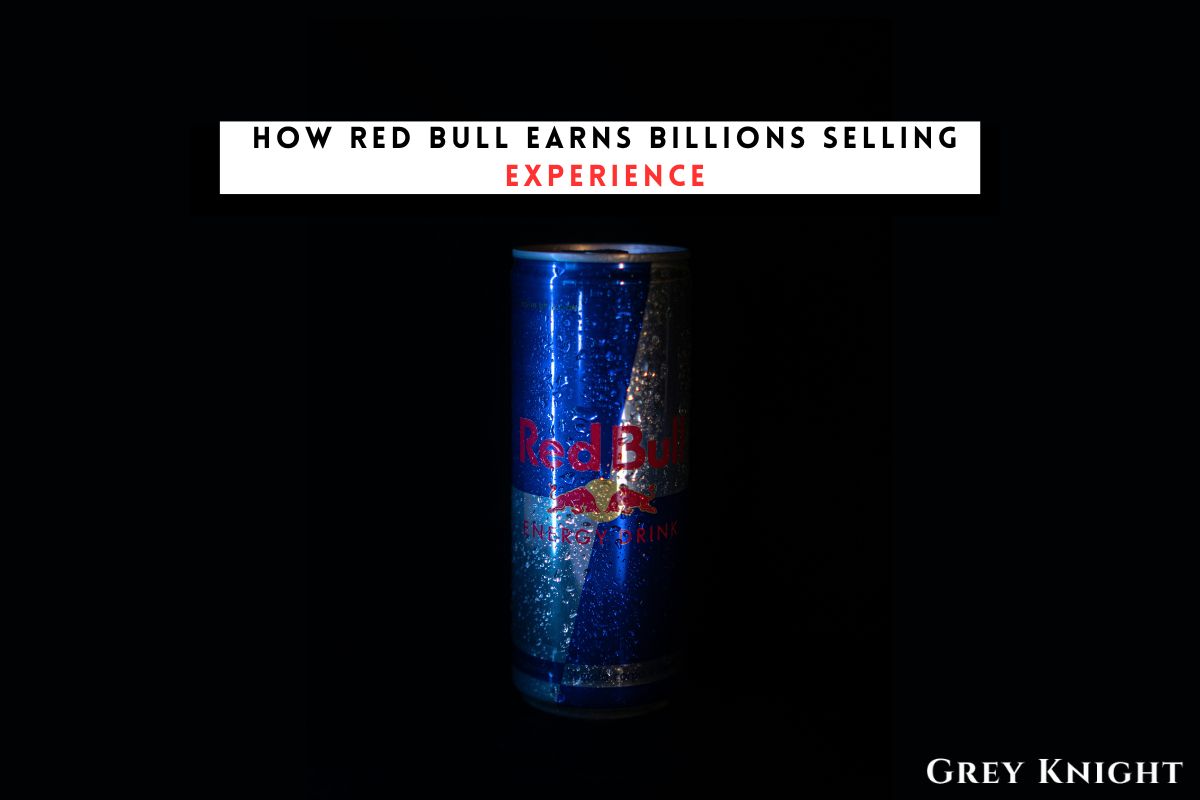Table of Contents
ToggleTable of Contents
In the competitive world of energy drinks, Red Bull has soared to unparalleled heights, earning billions through a groundbreaking approach that goes far beyond merely quenching thirst. Let’s delve into the captivating history of the Red Bull brand, dissect its ingenious marketing strategy, and uncover the secrets behind its enduring success.
The Birth of a Beverage Giant
Established in 1984 by Thai businessman Chaleo Yoovidhya and Austrian entrepreneur Drick Maritz, Red Bull GMB had humble beginnings. Inspired by Al’s jet lag remedy, the duo transformed the concoction into the fizzy, less sweet Red Bull we know today. With a joint investment of $500,000 each, they kickstarted a venture that would revolutionize the energy drink market.
Navigating Initial Challenges
Upon its introduction to the Austrian market in 1987, Red Bull faced skepticism and even bans in Hungary, France, and Denmark due to its potent caffeine and taurine content. Undeterred, the drink gained popularity among young professionals, eventually conquering Germany, the UK (1994), and the US (1997), where it claimed a staggering 75% of the energy drinks market. The iconic slogan, “Red Bull gives you wings,” became synonymous with the brand.
From Energy Drinks to Global Domination
Expanding its reach to over 175 countries by 2023, Red Bull demonstrated an impressive growth trajectory. Boasting 6,000 sales staff and selling 12 billion cans annually, the brand’s net revenues soared by 9% to reach 10.5 billion euros in 2023. This remarkable success can be attributed to more than just the energizing beverage itself.
Decoding Red Bull’s Business Model
While Red Bull began as an energy drink, it has seamlessly transformed into a marketing powerhouse and content creator. Maritz’s innovative Gorilla Marketing strategy targeted young adults at college parties and bars, relying on word-of-mouth to spread the brand. A significant portion (25-30%) of annual revenues is reinvested into marketing campaigns, ensuring a continuous buzz around the brand.
Bold Marketing Stunts and Gorilla Tactics
Red Bull’s marketing campaigns embrace high-energy activities and daring challenges. From skydiving from the stratosphere to quirky events like the flug tag competition and soapbox race, Red Bull captures attention and creates shareable content. With a strong focus on social media, the brand boasts 14 million YouTube subscribers and 19.5 million Instagram followers.
Sponsorship: Fueling Success on Every Front

Red Bull’s sponsorship extends beyond extreme sports to include major football teams, Formula 1 racing, and even a foray into the music industry. With investments exceeding 1 billion euros in sports sponsorships, the brand has strategically aligned itself with activities that resonate with its target audience.
The Strategic Shift to Experience Based Marketing
Red Bull’s foresight in abandoning traditional marketing in favor of immersive, experience based campaigns set it apart. Recognizing that its customers seek more than just a product, Red Bull positions itself as a lifestyle brand, engaging its audience through shared experiences rather than conventional advertising.
Staying Ahead of the Curve
By prioritizing content creation, embracing social media, and fostering a community around its brand, Red Bull remains ahead of the marketing curve. The brand’s decision to focus on consumer experiences and global engagement has positioned it as a pioneer in the evolving landscape of content marketing.
Concluding Analysis
Red Bull’s ascent to billions in revenue is not just a tale of a popular energy drink; it’s a narrative of innovation, risk-taking, and a commitment to creating unforgettable experiences. As the brand continues to redefine marketing norms, one thing is clear – Red Bull is not just selling a product; it’s selling a lifestyle. So, the next time you crack open a can, remember that you’re not just consuming an energy drink – you’re becoming part of a global phenomenon.
Additional Resources
To keep learning and advancing your career, we highly recommend these additional resources:
Business Model Canvas of The Top 1,000 Largest Companies by Market Cap in 2024
A List of 1000 Venture Capital Firms & Investors with LinkedIn Profiles
Peter Thiel and the 16 Unicorns: The Legacy of Thiel Fellowship












